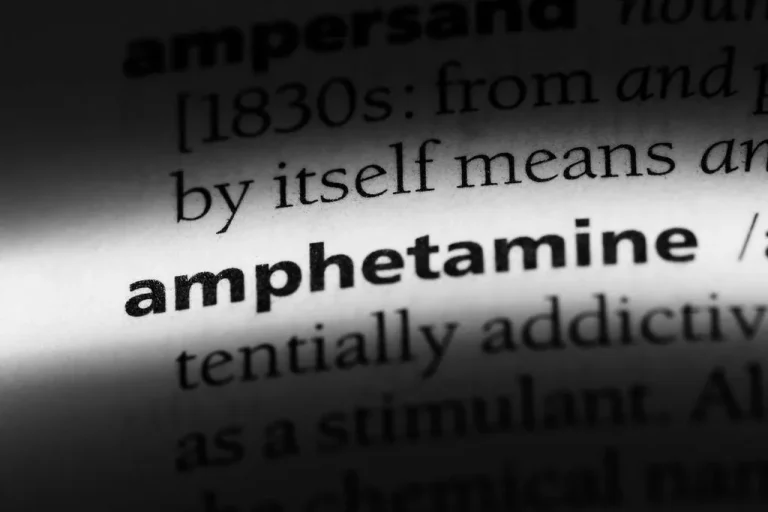End Stage Alcoholism: Signs, Symptom Timeline & Treatment VIDEO

She typically works with people interested in taking a holistic approach to treating their addictions. This will include healthy eating, movement, meditation, mindfulness and spirituality. Outside of work, she’s a devotee of Krishna, and her friends call her Karunya Shakti, which means compassionate energy.
Risk of Skin Cancer
At AspenRidge, a leading rehab center in Denver, we understand the devastating impact that alcoholism can have on an individual’s physical, emotional, and social well-being. A functional alcoholic may not hit “rock bottom,” and they are often successful in relationships, employment, and life in general. Therefore, Psychology Today reports that they often deny they have a problem with alcohol and are less likely to seek professional help. The young adult alcoholic may not seek help for their problematic drinking, as drinking to excess at this age is often considered “normal” and part of a phase of life.

End-Stage Alcoholism: Signs, Symptoms, Management
Kathleen has more than 15 years of experience treating people who have a substance use disorder. Casual drinking is having a few drinks with friends, having a glass of wine with dinner, or enjoying one glass of champagne. It Do Alcoholics Drink Every Day is a pattern of low-risk drinking where a person consumes alcohol in low doses on an infrequent basis. Also referred to as social drinking, casual drinkers drink alcohol no more than once a week or a few times per month.
What Does An Alcoholic’s Face Look Like?
The largest percentage of alcoholics fall into this group, as NIAAA publishes that 31.5 percent of all alcoholics in the United States fit this subtype. This group is typically in their late teens or early 20s, and either just of legal drinking age or slightly younger. Alcohol withdrawal symptoms can appear as soon as eight hours after a person’s last drink. A person severely dependent on alcohol will usually experience severe withdrawal symptoms. For them, drinking is a priority and they tend to neglect all their other obligations such as family and work.
Is alcohol physically addictive?
Recovery will not be easy at this point, but it will be worth the work. Now is the time to line up support from addiction specialists, mental health professionals, friends https://ecosoberhouse.com/ and family, and others living with an alcohol use disorder. Most of us think alcohol problems are reserved for those who get up in the morning and start drinking.
- Other options include topicals like metronidazole or azelaic acid.
- Liver disease caused by alcohol use can cause hyperpigmentation, palmar erythema, jaundice, generalized pruritus, and caput medusae.
- They also state alcohol treatments work better when tailored to individual needs.
- While there are many at-home or independent detoxes available in stores, none have been approved by the FDA as truly safe options.
- But people who abuse alcohol often don’t have the same cravings or need to drink that a person with AUD does.

The safest course of action is to seek treatment in a professional environment that is catered to the individual needs, preferably with holistic treatment. The primary way a person with early-stage alcoholism differs from someone in middle-stage alcoholism is that alcohol is no longer leveraged for a quick high. In the middle stage, drinking may become a staple of daily life. While rhinophyma is often dubbed “alcoholic nose,” the reality is that it’s a type of rosacea — meaning that heavy drinking isn’t actually linked to it. At this stage, drinking becomes everything in your life, even at the expense of your livelihood, your health and your relationships. Attempts to stop drinking can result in tremors or hallucinations, but therapy, detox, and rehab can help you get your life back.
You’ll want to find a rehab center that has medically-supervised detox capabilities so that you can comfortably and safely detox from alcohol. There are inpatient and outpatient options, but an addiction specialist should determine the best level of care for you based on your individual needs. For clarity, alcoholism is a non-clinical descriptor that encompasses a wide variety of behaviors related to alcohol abuse.
Alcohol use disorder

Other early signs of alcoholism include blackout drinking or a drastic change in demeanor while drinking, such as consistently becoming angry or violent. Pay attention to the warning signs if you suspect that a loved one has a problem with alcohol. Certain behaviors may indicate a person’s pattern of drinking is the result of addiction. People with alcohol use disorder (AUD) may be able to hide many of the more obvious symptoms of addiction for a long period of time. People with AUD and the people around them may also choose to ignore the signs. Too much alcohol affects your speech, muscle coordination and vital centers of your brain.
- Because he is a member of a support group that stresses the importance of anonymity at the public level, he does not use his photograph or his real name on this website.
- If you are an alcohol abuser, you are not necessarily an alcoholic.
- At this stage, it’s no longer possible to hide alcoholism even in the functioning alcoholic.
- Jill has worked in several inpatient and outpatient centers, treating clients in all levels of care in both individual and group settings.
- For them, drinking is a priority and they tend to neglect all their other obligations such as family and work.
- Other experts believe that the compulsion to drink is also a psychological one.
What Does Alcoholism Look Like?
- Drinking alcohol has been debunked by research as a direct link to this condition.
- The flip side of this coin, however, is that environmental and other factors make up the other half of the risks for the onset of addiction.
- Alcoholism is a drinking problem – and the most serious one, at that.
- Even if you aren’t around someone often enough to look for behavioral symptoms of alcoholism, it can be easy to look at someone and notice the presence of these physical symptoms.
- If they are willing to seek treatment, their best bet is to go to an alcohol rehab facility and complete both alcohol detox and professional alcohol rehab.
- After managing that program for six years, Danny moved to AspenRidge and now leads the clinical team.
Those who use alcohol may begin to show early signs of a problem. Taking an alcoholism screening quiz can help you determine whether you have the symptoms of an alcohol use disorder. Most facial signs of alcoholism can be reversed by treating their underlying cause (excessive alcohol use). Abstaining from alcohol use for at least 30 days can rejuvenate the skin and improve facial appearance. Antihistamines like Oxymetazoline and Brimonidine can reduce alcohol flush reaction (facial redness) when used under professional guidance. It’s crucial to seek medical help if you think your alcohol use has become a problem.
